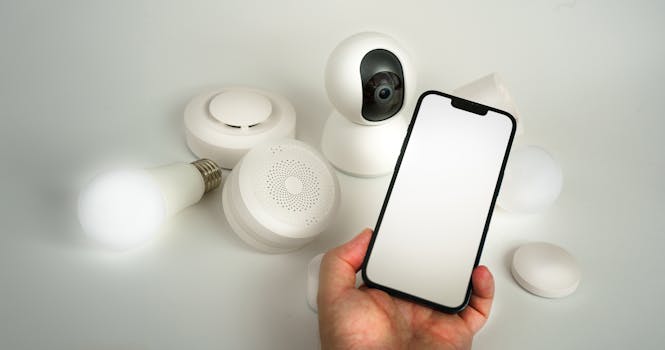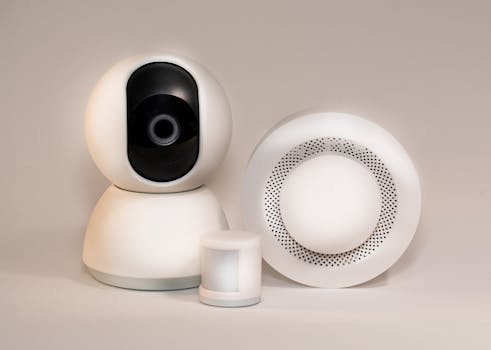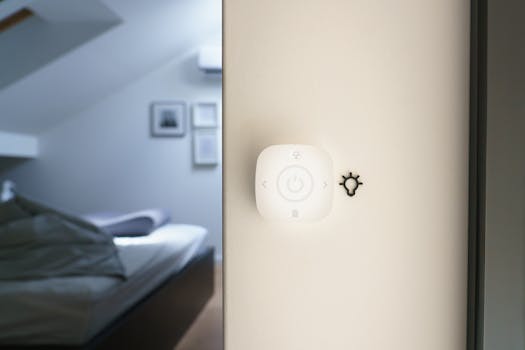Home Automation in 2025: The Smart Home Ecosystem
Introduction to Home Automation

Home Automation in 2025: The Smart Home Ecosystem is revolutionizing the way we live, work, and interact with our living spaces. With the rise of the Internet of Things (IoT), smart home technology has become increasingly sophisticated, allowing for seamless integration of various devices and systems. In this article, we will explore the current state of home automation and what the future holds for this rapidly evolving field.
Key Components of Home Automation

The smart home ecosystem consists of several key components, including sensors, actuators, and control systems. Sensors detect changes in the environment, such as temperature, humidity, or motion, and send signals to the control system. Actuators, on the other hand, perform specific actions, like turning on lights or adjusting thermostat settings. The control system, often a central hub or smartphone app, integrates all the components and allows users to monitor and control their smart home.
Other essential components of home automation include voice assistants, smart speakers, and IoT devices. Voice assistants, like Amazon Alexa or Google Assistant, enable users to control their smart home with voice commands. Smart speakers, such as Amazon Echo or Google Home, serve as central hubs for voice assistants and often come with built-in sensors and actuators. IoT devices, including smart thermostats, lights, and security cameras, can be integrated into the smart home ecosystem to provide a wide range of automation capabilities.
Benefits and Applications of Home Automation

Home automation offers numerous benefits, including increased convenience, energy efficiency, and enhanced security. With smart home technology, users can control their living space remotely, receive notifications, and monitor their energy consumption. Home automation also enables personalization, allowing users to customize their smart home to suit their preferences and lifestyle.
Some popular applications of home automation include smart lighting, temperature control, and home security. Smart lighting systems can adjust brightness and color based on the time of day, occupancy, or ambient light levels. Temperature control systems can optimize heating and cooling to minimize energy consumption and maximize comfort. Home security systems can detect intruders, alert authorities, and provide video surveillance.
Challenges and Future Developments

Despite the many advantages of home automation, there are still several challenges to overcome, such as interoperability, security, and cost. Interoperability issues arise when different devices and systems from various manufacturers are not compatible with each other. Security concerns include the risk of hacking, data breaches, and unauthorized access to smart home systems. The high cost of smart home devices and installation can also be a barrier to adoption.
To address these challenges, researchers and manufacturers are working on standardization, advanced security protocols, and cost-effective solutions. Standardization efforts aim to establish common communication protocols and data formats for smart home devices. Advanced security protocols, such as encryption and secure authentication, can protect smart home systems from cyber threats. Cost-effective solutions, including DIY installation options and affordable devices, can make home automation more accessible to a wider audience.
Conclusion

In conclusion, Home Automation in 2025: The Smart Home Ecosystem is a rapidly evolving field that promises to transform the way we live, work, and interact with our living spaces. With its many benefits, including increased convenience, energy efficiency, and enhanced security, home automation is becoming an essential aspect of modern life. As technology continues to advance and challenges are addressed, we can expect to see even more innovative applications and widespread adoption of smart home technology in the future.





